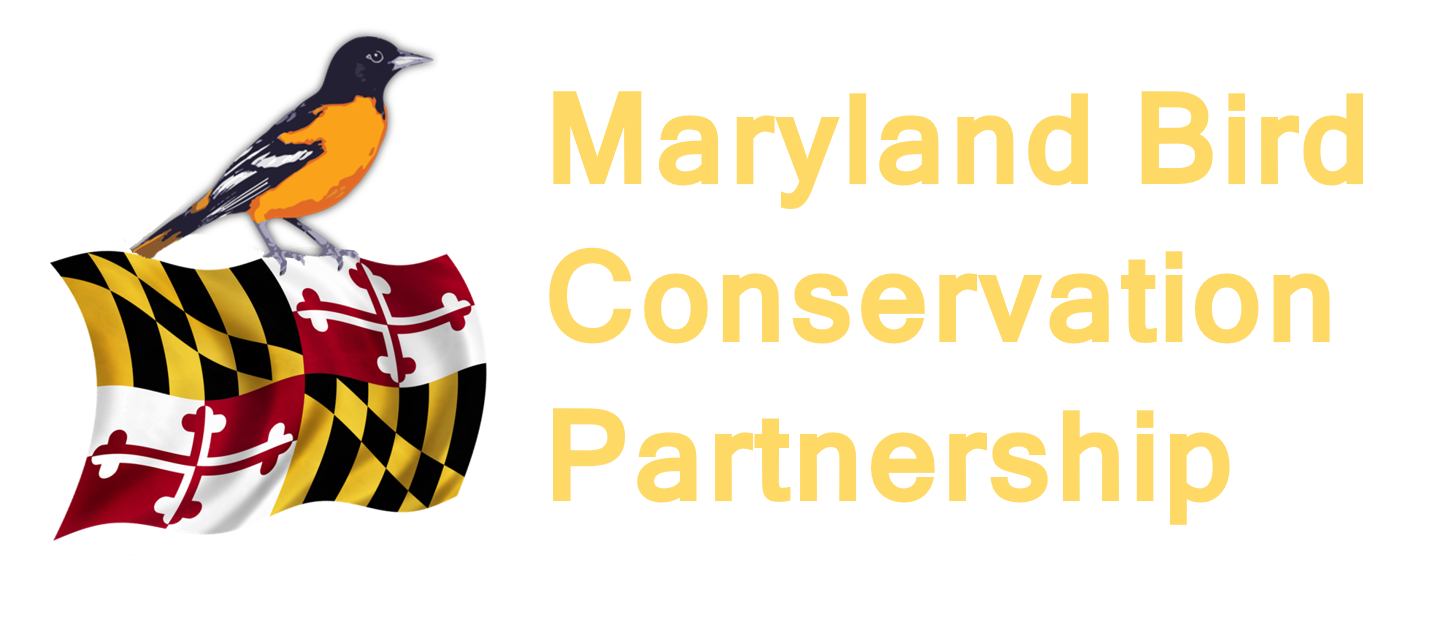Northern Harrier (Circus hudsonius)
GROUND NESTER
DESCRIPTION: The Northern Harrier is a long-winged, long-tailed raptor of open grasslands and marshes. The male (the “gray ghost”) has a pale or white belly with a light gray back and head. The female is brown with a lighter, brown-streaked breast. Both sexes have an owl-shaped face and white rump patch at the base of the tail. The rump patch can often be easily seen when the bird is in flight.
DIET: Northern Harriers forage during the day by flying slowly just above the ground looking for small to medium-sized mammals, primarily mice. They also feed on small birds, reptiles and frogs.
Northern Harriers and Short-eared Owls can be found in the same habitats.
HABITAT AND NESTING: Harriers prefer extensive open wetlands and upland habitats of at least 100 acres. Nesting birds is the southern Eastern Shore favor wetlands with few or no trees and cattails, cordgrasses, or brushy shrubs to provide nest sites. Breeders in western Maryland are more likely on reclaimed strip mines and margins of bog ponds. Their nest is a platform of grasses on the ground in thick, dense vegetation in an open field or meadow.
CONSERVATION STATUS: The Northern Harrier is identified as a Species of Greatest Conservation Need in Maryland. The North American population is estimated to have declined 37% since 1970, although trends may be stabilizing. It is estimated that fewer than 100 birds breed in Maryland, with as many as 90% of those being in the lower Eastern Shore. Pesticide and herbicide use in wetlands and grasslands could also affect breeding success of the harrier. Harriers are more likely to be seen in Maryland from fall through spring.
Northern Harrier © Kalina Georgieva / Adobe Stock
Northern Harrier and Short-eared Owl © Brian E Kushner / Adobe Stock


